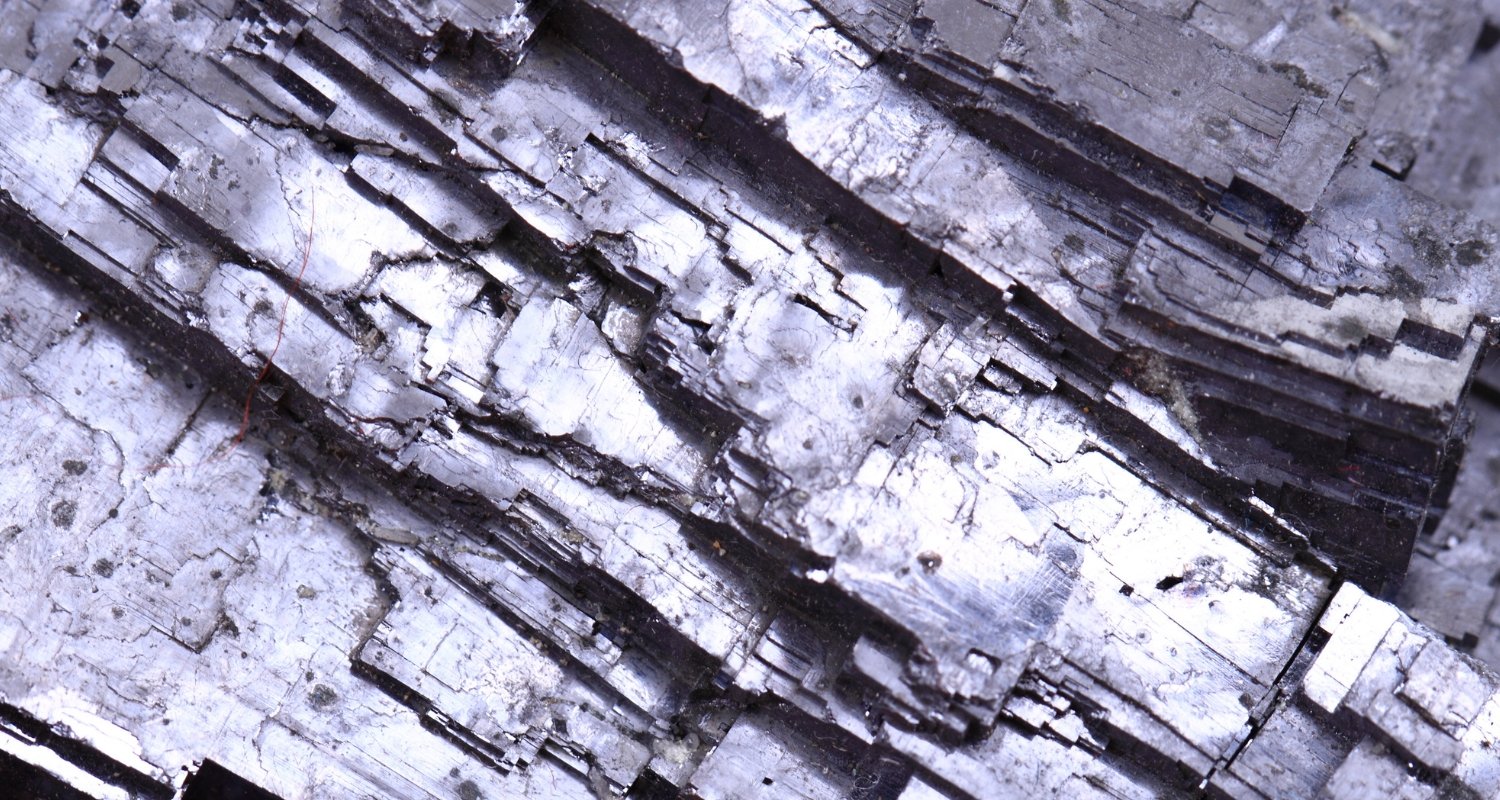Galena
About
Galena is a natural mineral form of lead sulphide and is the primary ore of lead. With its metallic lustre and cubic crystal structure, galena is one of the most visually striking metallic minerals. It often occurs alongside other minerals like sphalerite and pyrite. Major sources of galena include the United States, Australia, and Mexico.
Birthstones & Anniversaries
Galena is not a traditional birthstone but is associated with grounding and stability, symbolising transformation and strength in crystal healing practices.
Crystal Healing Energy
The overarching theme of galena is grounding and transformation. Known for its ability to anchor energy and support deep personal work, galena is thought to provide a stabilising influence. It is often used to face life’s challenges with courage and to clear blockages that hinder growth. Due to its lead content, it is mainly used in meditation or energy work rather than being carried or worn.
Facts
Primary Ore of Lead: Galena is the most important mineral for lead extraction and has been mined for thousands of years.
High Density: Due to its lead content, galena is significantly denser than most minerals, giving it a heavy feel.
Associated Minerals: Galena often forms with sphalerite, fluorite, and calcite in hydrothermal veins.
Environmental Sensitivity: Due to its lead content, handling galena requires care, and it should not be inhaled or ingested.
Major Sources: The largest deposits of galena are found in the United States (Missouri), Australia, and Mexico.
Science
Mineral: Galena
Crystal System: Cubic
Chemistry: PbS (lead sulphide)
Colour: Metallic silver-grey
Refractive Index: Opaque
Specific Gravity: 7.4 to 7.6
Mohs Hardness: 2.5 to 3
TreatmentsGalena is generally untreated, as its natural metallic lustre and cubic crystal formations are highly prized in their raw state.
SyntheticsSynthetic galena is not commercially available, but lead-based compounds may occasionally be used for industrial or research purposes.
ImitationsImitations are unlikely due to its distinctive metallic lustre and high density.
similar materialsHematite: A metallic mineral that can resemble galena but is harder and has a reddish streak.
Pyrite: Known as “fool’s gold”, pyrite shares a metallic lustre but is gold-toned and has a different composition.
Magnetite: Another metallic mineral, though it is magnetic and differs in colour and crystal structure.

